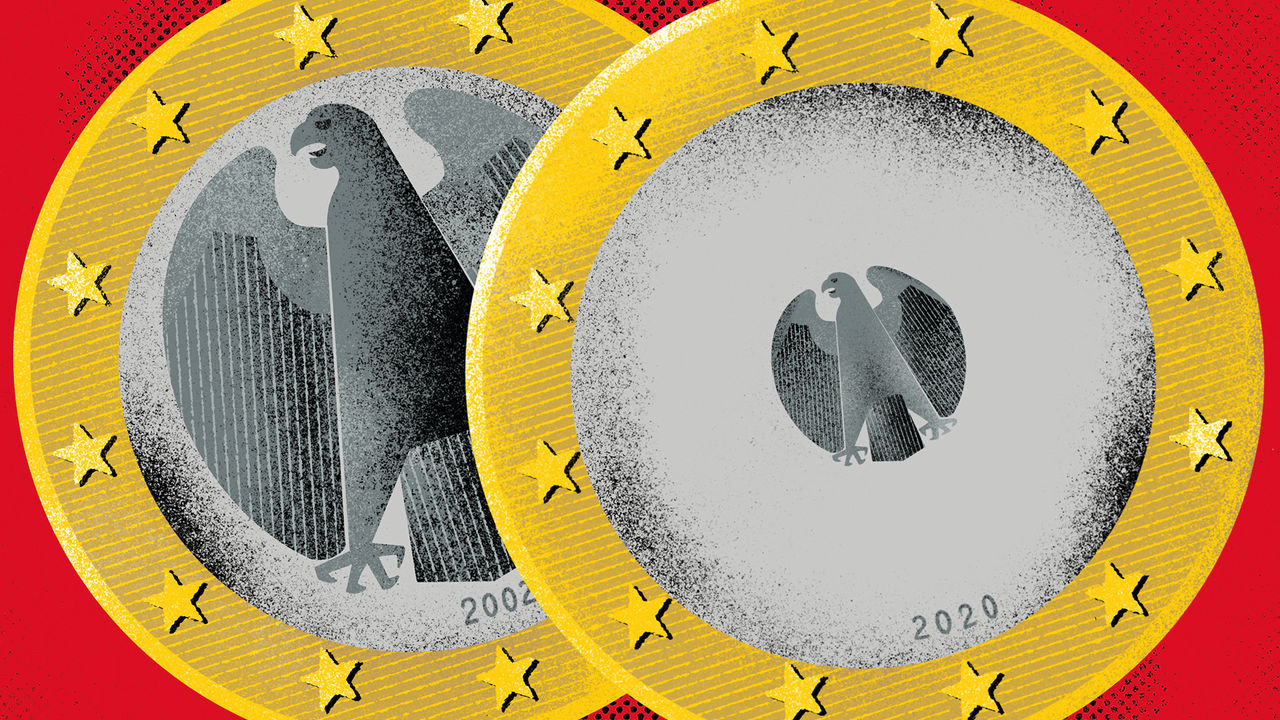The eurosystem’s madness knows no boundaries. The German Bundesbank last week was the first of the eurozone’s central banking institutions to report its Target2 balance for September. Not that we had to guess much… Germany’s receivables vis-a-vis the ECB have climbed to a new record of 1.115 trillion Euros. That is 60 billion more than in August and 200 billion more than in September last year.
What’s more, the steep ascent of the Bundesbank’s more or less irrecoverable accounting assets has been going vertical in the past few months. Something’s afoot here. We have last witnessed this kind of acceleration at the height of the eurocrisis in 2011/12. Are the numbers trying to tell us that Europe is on the eve of another massive financial disruption? In any case, this development is simply not sustainable.
Since the flip side of this equation is liabilities of roughly the same extent on the part of periphery countries, particularly Italy and Spain, such imbalances can only be building up by lack of capital flows into the south or by intensifying capital flight into Germany. Watching the magnitude of the net flows both must be true. The health crisis has certainly deprived the south of crucial income. For example, by the latest reading, the number of tourists in Spain had still been 75% lower year-on-year in July.
Equally, confidence in recoveries of economic activity and the financial system must be rock-bottom. Peripheral enterprises and individuals are continuously getting their liquid assets to safety, utilising the principle of free movement of capital within the European Union, and transferring funds to banks domiciled in Germany. As we have pointed out numerous times in this space, the central banking mechanism requires those surplus funds to be recycled back into the periphery, else the Euro would implode.
Fact is that these divergences have long been getting out of hand. The eurocrats succinctly call it accounting still, but there is a history of currency unions not working, and the larger the imbalances become, the more catastrophic an unwind of the Euro will be. After all, the Bundesbank’s assets are German national wealth. The problem, however, is that those receivables are merely against the ECB and not fungible with any tangible assets such as periphery government bonds.
If ever Italy had it with Brussels and an even more populist government decided to quit the eurozone, the world would be faced with the biggest case of financial armageddon in history. Rome, however, is smart enough to know that it doesn’t need to go that far. Just the threat of what would surely be mutual destruction is sufficient to bring the northerners in line. And so, we will have to endure one debt restructuring after the other in the future, chipping away at that German national wealth.
In addition, the prevailing monetary policy of senselessly printing money to provide a lifeline to the periphery is only amplifying the Target2 effect. The more excess liquidity is being pumped into Italian hands, the more the private sector will transfer out. Similarly, a large part of the joint and several debts that are about to be issued, the lion share of which being handed to Italy and Spain, will eventually find its way back to Germany and be reflected on the asset side of the Bundesbank’s balance sheet.
What is still a mystery to me is that no one seems to be seriously interested in this disaster in the making. The mainstream has never really picked up on it, much to the delight of the Berlin ruling class that has presided over it. A few parliamentarians from marginal parties who at one point or another decried the tilts have fallen silent again. And the September record, 1.115 trillion Euros no less that the German taxpayers are on the hook for, has virtually gone unnoticed and not triggered any media reaction whatsoever.
